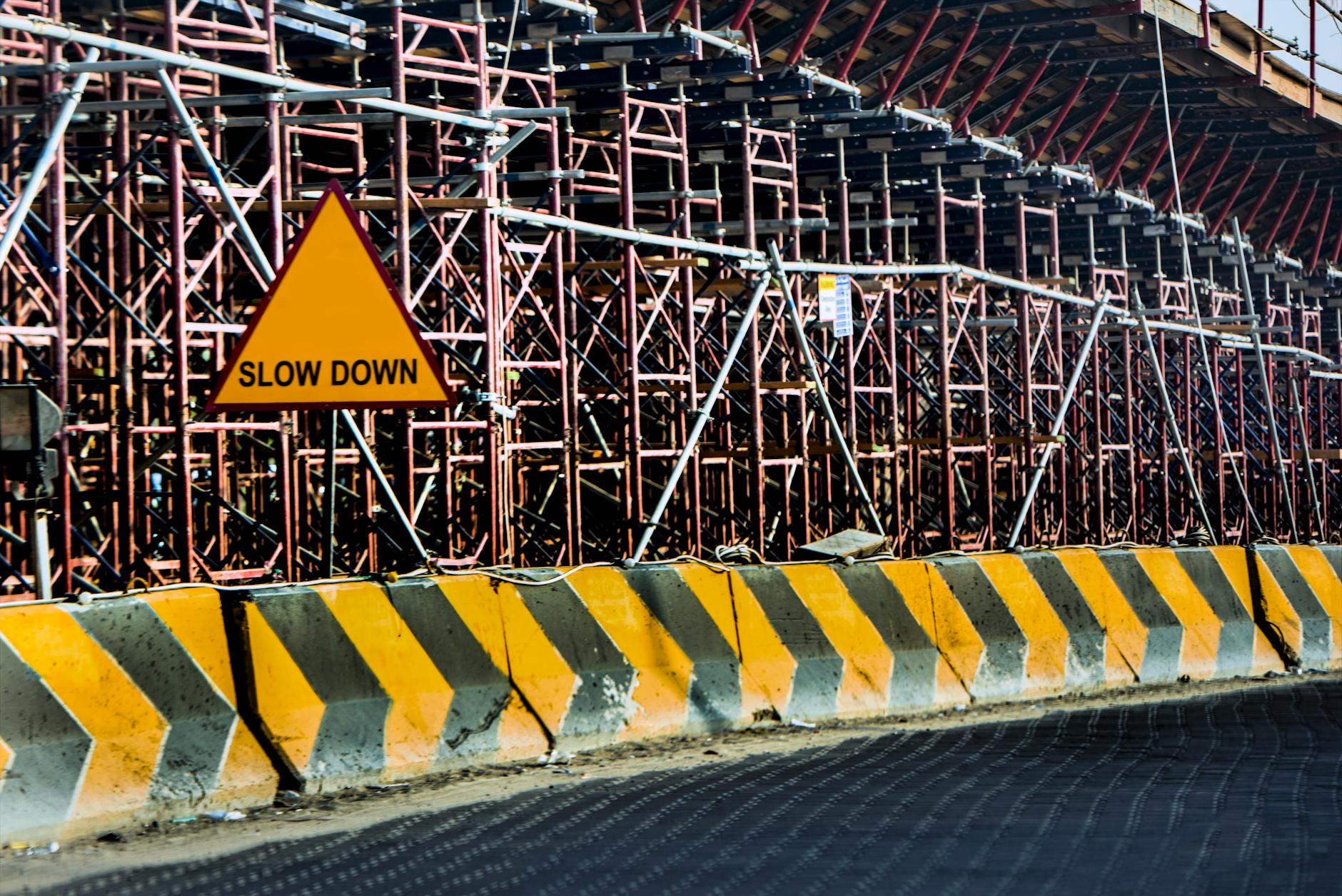
8 Golden Rules of Safety
Safety is paramount in any environment, whether it’s a construction site, a factory floor, or even an office space. In order to ensure the well-being of workers and prevent accidents, it’s essential to adhere to certain guidelines known as safety rules. Here are the 8 golden rules of safety that everyone should follow:
Rule 1: Always Wear Personal Protective Equipment (PPE)
Personal Protective Equipment, or PPE, is gear designed to protect workers from hazards in the workplace. This can include items like helmets, goggles, gloves, and safety harnesses. Regardless of the task at hand, wearing the appropriate PPE can significantly reduce the risk of injury or illness.
Rule 2: Follow Proper Procedures and Protocols
Every workplace has its own set of procedures and protocols in place to ensure safety. Whether it’s operating machinery, handling hazardous materials, or responding to emergencies, it’s crucial to follow these guidelines diligently. Failure to do so can lead to accidents with serious consequences.
Rule 3: Keep Workspaces Clean and Organized
A cluttered or disorganized workspace is not just unsightly—it can also be hazardous. Tripping over objects, slipping on spills, or being unable to locate essential items can all result in accidents. By keeping workspaces clean and organized, employees can minimize the risk of injury and maintain a safe environment.
Rule 4: Communicate Effectively
Clear communication is essential for maintaining safety in any setting. Whether it’s conveying instructions, reporting hazards, or coordinating with coworkers, effective communication can prevent misunderstandings and potential accidents. Encouraging open dialogue among team members is key to fostering a culture of safety.
Rule 5: Stay Vigilant and Aware
Maintaining awareness of one’s surroundings is crucial for identifying potential hazards and avoiding accidents. Whether it’s paying attention to machinery in operation or recognizing changes in the environment, staying vigilant can prevent injuries and save lives. Developing good situational awareness should be a priority for everyone.
Rule 6: Take Regular Breaks
Fatigue can impair judgment and slow reaction times, increasing the likelihood of accidents. Taking regular breaks throughout the workday allows employees to rest and recharge, reducing the risk of errors or lapses in concentration. Employers should encourage employees to prioritize their well-being and schedule breaks accordingly.
Rule 7: Report Hazards Immediately
If employees encounter any hazards or unsafe conditions, it’s essential to report them to the appropriate authorities immediately. This could include malfunctioning equipment, structural damage, or any other potential dangers. Prompt reporting enables swift action to address the issue and prevent accidents from occurring.
Rule 8: Continuous Training and Education
Safety procedures and best practices evolve over time, so it’s essential to stay informed and up-to-date. Providing regular training and education sessions ensures that employees are aware of the latest safety protocols and know how to implement them effectively. Investing in ongoing education demonstrates a commitment to safety excellence.
Conclusion
By adhering to these 8 golden rules of safety, individuals and organizations can create safer environments for everyone. Remember, safety is everyone’s responsibility, and by working together, we can prevent accidents and ensure a healthier, happier workforce.
5 Safety Rules for Electricity
Electrical Safety Rules in Industry
5 Unique FAQs
- Why are safety rules important? Safety rules are important because they help prevent accidents and injuries in the workplace, ensuring the well-being of employees.
- How can I encourage my coworkers to follow safety rules? Leading by example is one of the most effective ways to encourage others to follow safety rules. Additionally, fostering open communication and providing regular training can reinforce the importance of safety.
- What should I do if I encounter a safety hazard? If you encounter a safety hazard, report it to your supervisor or safety officer immediately. Do not attempt to address the hazard yourself unless you are trained to do so.
- What role does management play in promoting safety? Management plays a crucial role in promoting safety by providing resources, implementing policies and procedures, and fostering a culture of safety within the organization.
- How often should safety training be conducted? Safety training should be conducted regularly to ensure that employees are familiar with safety protocols and procedures. The frequency of training may vary depending on the nature of the work and any regulatory requirements.
























